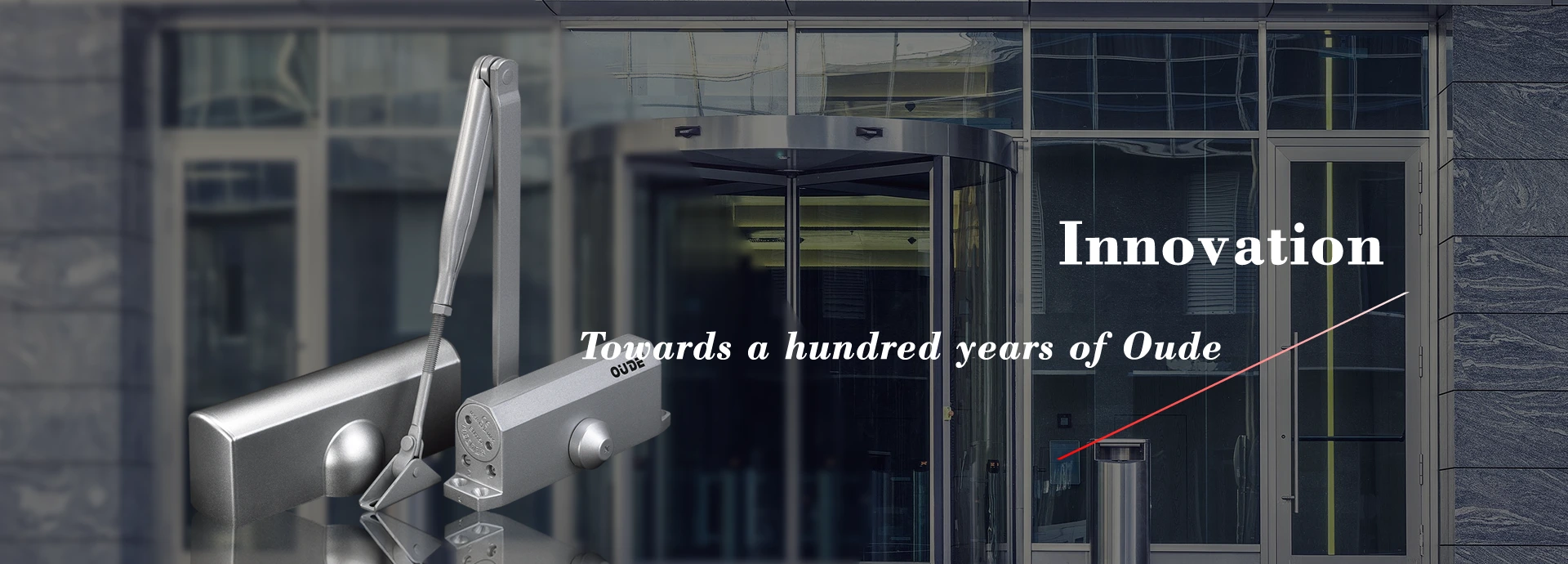
To adjust self closing door hinges, locate the adjustment screws for spring tension, closing speed, and latching speed; make small tweaks.
Adjusting a door closer hinge seems simple. Yet, many falter in the process. You’re here because the door either slams too fast, doesn’t shut properly, or takes forever to close. You don’t need a long manual, just effective steps. Follow them, solve the problem.
In this article, we’re going to fix this issue. No unnecessary explanations. No over-complications. Let’s cut to the chase. we’ll walk you through the process, step-by-step.
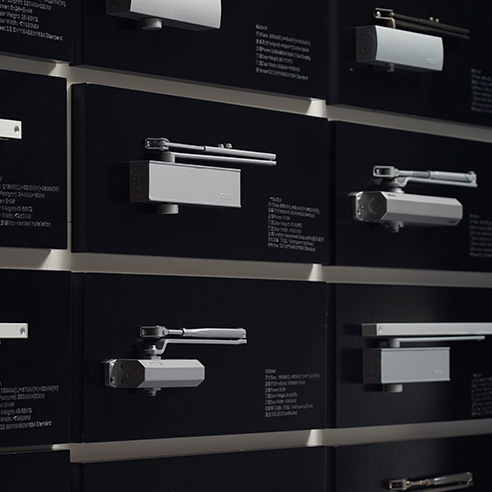
Need to adjust your door closer hinge? Get expert advice and high-quality door closers from Cn-oude!
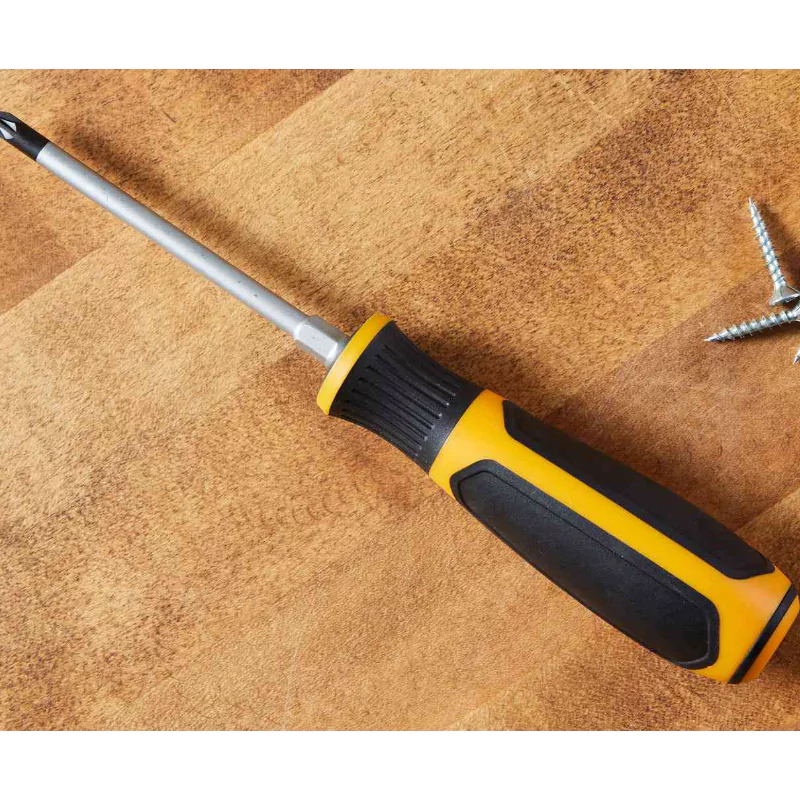
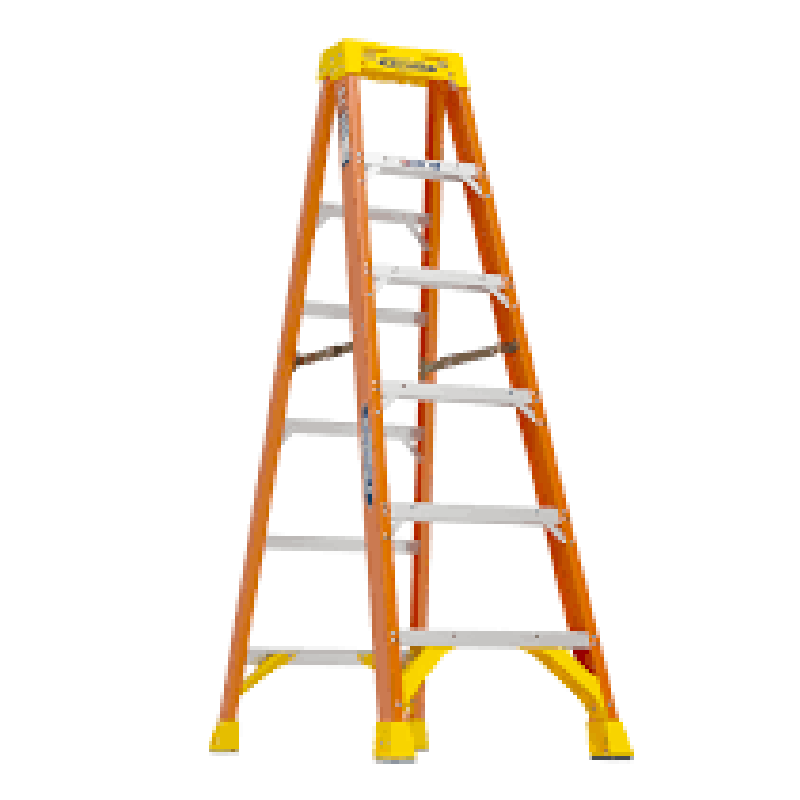
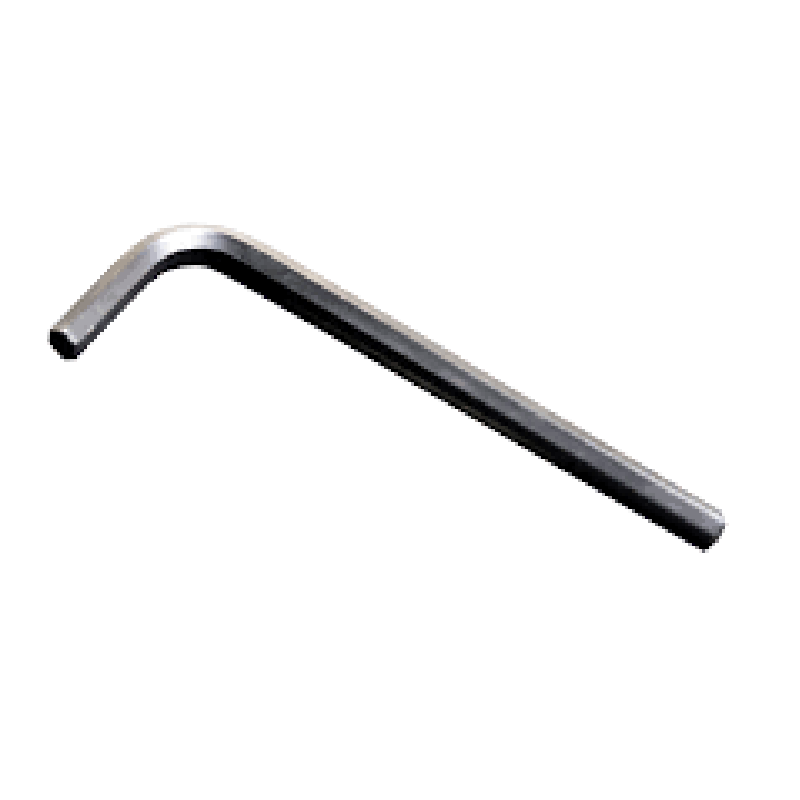
Before we dive into adjustments:
The first step: identify what’s wrong with the door closer. Is it closing too slowly? Slamming too fast? Not latching? These differences matter, because your adjustments will vary based on which issue you have. Once you understand the problem, we can start with the adjustments.
| Adjustment Type | Purpose | Steps to Adjust |
| Spring Tension | Controls how hard the door closes | 1. Find the spring screw. |
| 2. Turn clockwise to tighten. | ||
| 3. Turn counter-clockwise to loosen. | ||
| 4. Make small turns and test. | ||
| Closing Speed | Controls how fast the door closes | 1. Find the speed valve (marked ‘S’). |
| 2. Turn clockwise to slow. | ||
| 3. Turn counter-clockwise to speed up. | ||
| 4. Adjust slightly and test. | ||
| Latching Speed | Ensures the door latches properly | 1. Find the latching valve (marked ‘L’). |
| 2. Turn clockwise to tighten. | ||
| 3. Turn counter-clockwise to loosen. | ||
| 4. Adjust and test. |
This regulates how hard the door closes. If the door slams after every push, the spring tension is likely too high.
Start with small adjustments. Quarter turns. Test the door after each attempt.
Speed’s off? Either too fast or too slow? We adjust the closing speed. This setting manages how quickly the door moves right before it shuts.
Again, slight adjustments. Don’t overdo it. Test the door. Repeat until it feels right.
Your door closes but doesn’t latch? Irritating, right? This is called the “latching” issue. To fix it, adjust the final few inches of the closing action.
With that handled, your door should latch smoothly—no slamming or lingering open.
Once you’ve made these adjustments, open and close the door multiple times. Pay attention. Are there slight improvements? If so, you’re on the right track. Otherwise, tweak your adjustments slightly, and try again. This is not a quick “turn the screw once and done” situation. It’s about fine-tuning. Different doors, environments, usage—you may need a few tests before getting it right. Don’t rush the process.
Sometimes, things are beyond simple adjustment:
In such cases, call an expert. Don’t break what can’t be fixed.
Adjusting the door closer hinge doesn’t require hours of fiddling or opening complicated manuals. A few standard tools and careful attention to detail take you a long way. Look at the problem. Find the right setting. Make tiny changes, step by step. Something off? Readjust.
If you’re considering alternatives, self closing door hinges like the door spring hinge also provide a solution. For those looking for enhanced functionality, a self closing door hinge might be the way to go.
If you’re looking for high-quality self closing door hinges, check out Cn-oude for reliable options that enhance your door’s functionality. Don’t wait—upgrade your doors today!




